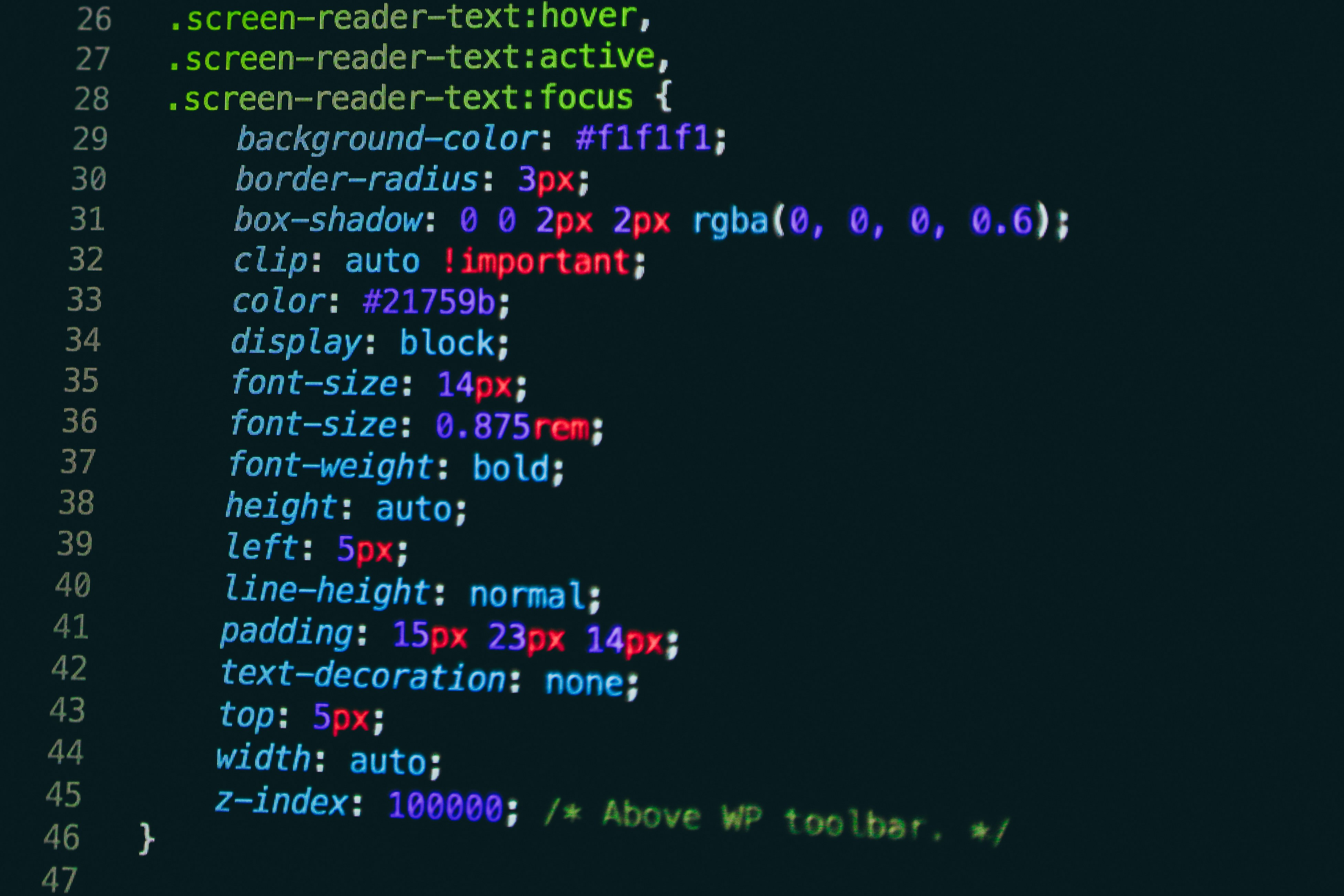
Python is favored in data science and other mathematically inclined fields, largely due to its comprehensible syntax and the vast array of libraries that simplify complex calculations. Here’s a deeper dive into the numeric types Python offers, which are integral to its ease of use for mathematical projects.
Integers (int)
In Python, integers (int) are whole numbers that can be positive, negative, or zero. One of the advantages of Python is its ability to handle integers of arbitrarily large size—limited only by the available system memory. This is particularly useful in mathematical computations where precision is crucial and the numbers involved can grow exponentially.
positive_integer = 123
negative_integer = -456Floating-point numbers (float)
Floating-point numbers (float) represent real numbers and include decimal points. They are essential for representing fractional values and are used in virtually all types of numerical computations in Python. The flexibility of float types comes with a trade-off in terms of precision, as they can introduce rounding errors in calculations due to the way computers represent these numbers in binary.
real_number = 123.456
scientific_notation = 1.23456e2 # Equivalent to 123.456Fractions
The Fraction type from the fractions module allows for the representation of numbers as fractions, making it possible to perform exact arithmetic operations without the rounding errors associated with floats. This is especially useful in mathematical problems that require high precision over decimal representations.
from fractions import Fraction
fraction_value = Fraction(1, 3) # Represents 1/3Decimal
The Decimal type from the decimal module is a boon for applications that demand high precision, such as financial calculations. Unlike floats, Decimal types maintain their accuracy by avoiding common rounding errors that occur due to the binary floating-point representation. This makes them indispensable for use cases where even a minor discrepancy is unacceptable.
from decimal import Decimal
decimal_value = Decimal('0.1') # More accurate representation of 0.1Complex numbers
Complex numbers, which are crucial in various scientific fields, have both a real and an imaginary part. Python simplifies the handling of complex numbers through the complex type, allowing for straightforward operations on these numbers. This feature is particularly valued in fields such as electrical engineering and quantum physics, where complex numbers are frequently used.
complex_number = 3 + 4j # Real part: 3, Imaginary part: 4Numpy
NumPy, or Numerical Python, is a crucial package for numerical computing in Python. It includes the NumPy array, a powerful multidimensional array that allows for fast and flexible operations on large datasets. NumPy is essential for data science, specifically in array manipulation, mathematical operations, and statistical analysis. NumPy arrays are more efficient and compact than Python’s built-in sequences, providing faster access for reading and writing items and making mathematical operations more convenient and efficient. Element-wise matrix operations, which are slow and cumbersome with Python lists, are incredibly efficient with NumPy arrays.
import numpy as np
arr = np.array([1, 2, 3, 4, 5])
doubled_arr = arr * 2 # Efficient element-wise multiplicationNumPy offers a range of numeric datatypes such as int32, int64, float32, float64, complex64, and complex128, improving flexibility and efficiency in numerical computations. Selecting the right datatype can greatly influence memory usage and computational speed, making NumPy ideal for managing large datasets and high-precision calculations. By explicitly defining datatypes, NumPy ensures efficient memory usage and optimal computational performance.
# Creating arrays with specific datatypes
int_array = np.array([1, 2, 3, 4], dtype='int32')
float_array = np.array([1.1, 2.2, 3.3], dtype=np.float64)
# Performing operations with datatype considerations
result = int_array + float_array # Result is upcasted to float64Final thoughts
Python’s diverse numerical capabilities are key to its popularity and versatility in scientific and mathematical programming.
- Integers (
int) are ideal for countable items and arithmetic operations. - Floating-point numbers (
float) are suitable for calculations involving fractions, with an understanding of potential rounding errors. - Decimals are preferred for financial computations where precision is key.
- Fractions are best when exact arithmetic is required, preserving the numerator and denominator through operations.
- Complex numbers (
complex) are used in specialized fields for managing numbers with real and imaginary parts. - Numpy is perfect for working with arrays and matrices.
With this rich set of numeric types, Python excels at handling large numbers and high-precision calculations. The addition of NumPy enhances Python’s role in data science by providing efficient multidimensional arrays for complex mathematical operations.


